Digital Transformation (DX) with AI | LLM | ChatGPT
Intumit Drives the Unleashing Power
of Copilot/AOAI/ChatGPT
Gartner Cool Vendor
Gartner Top AI Startup
Microsoft Top Valuable ISV Partner
Introducing SmartLLM, a groundbreaking technology that revolutionizes the processing of large language models (LLM) like GPT. As the use of these models becomes increasingly prevalent, SmartLLM provides a solution that integrates multiple models into a single, customizable environment.
Transform AI using foundation models for natural language processing with SmartLLM. Self-supervised learning with SmartLLM takes AI to a whole new level into Conversational AI with its transfer learning skills.
What sets SmartLLM apart is its cutting-edge Prompt Engineering feature, which enhances conversational dialogue in a way never before seen in low-code LLM performance optimization.
Additionally, SmartLLM enables the use of LLM for semantic searches and indexing, delivering highly accurate results.
Type/Speak in Chinese, English, or Japanese and receive correct reply:
With Intumit at the forefront of LLM-related research and development, we’re thrilled to expand our efforts into SmartRobot and SmartKMS. SmartLLM is poised to transform the way we interact with language models and take their capabilities to new heights.
SmartLLM technology enables rapid tools for Search, Classification, Cluster, Extract, Rewrite, Summarize, and Generating contents. Here are some major use case for SmartLLM.
Automatic generation of search results for documents related to the answer based on a natural language question.
By “searching for documents in the answer text,” it means that when a brief sentence is inputted, the system searches for relevant documents using automatically generated answer texts. To display a tool for quickly browsing related documents, a summary is automatically generated for each document.
Image: The system automatically generates natural language questions and answers data and conducts related searches.
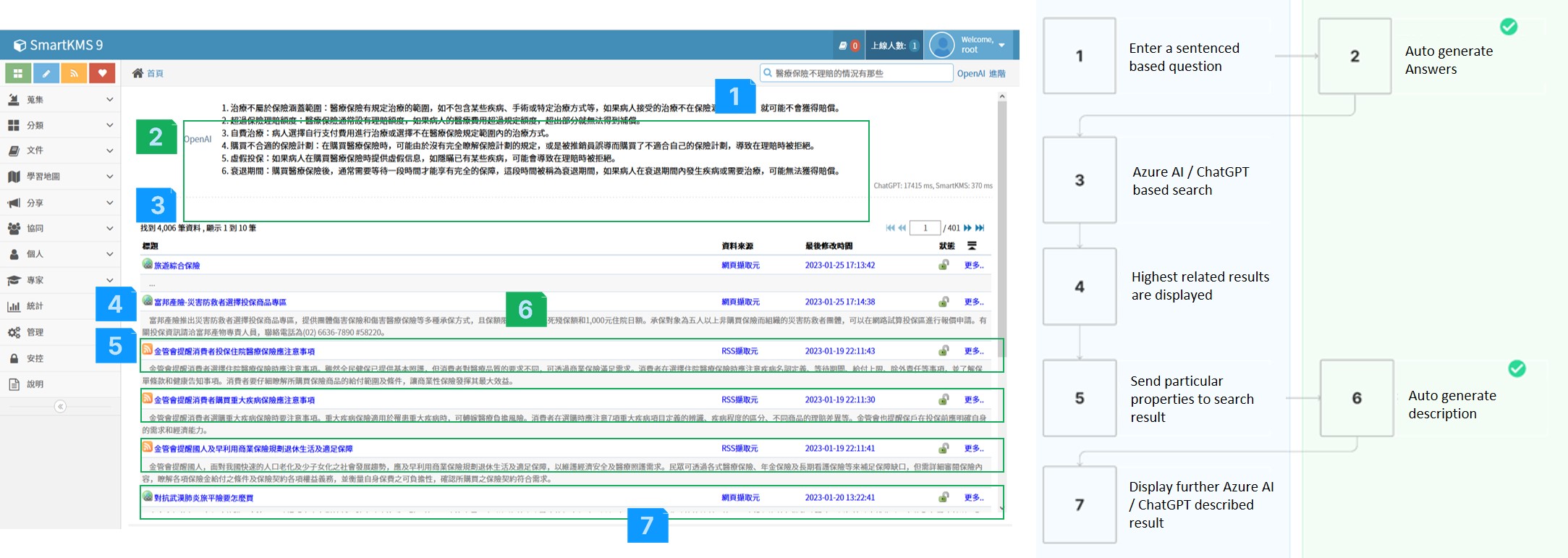
Automatic generation of document content, including title, body, summary, tags, categories, and translated text (saved in a separate file)
For global companies, when a user adds a file in one language, the system automatically generates ‘title, content, summary, tags, and categories.’ After publication, when viewing the document, pressing the ‘translate and save’ button generates a multilingual article automatically.
Image: The system saves the title, content, summary, tags, and categories.* *translates as separate files
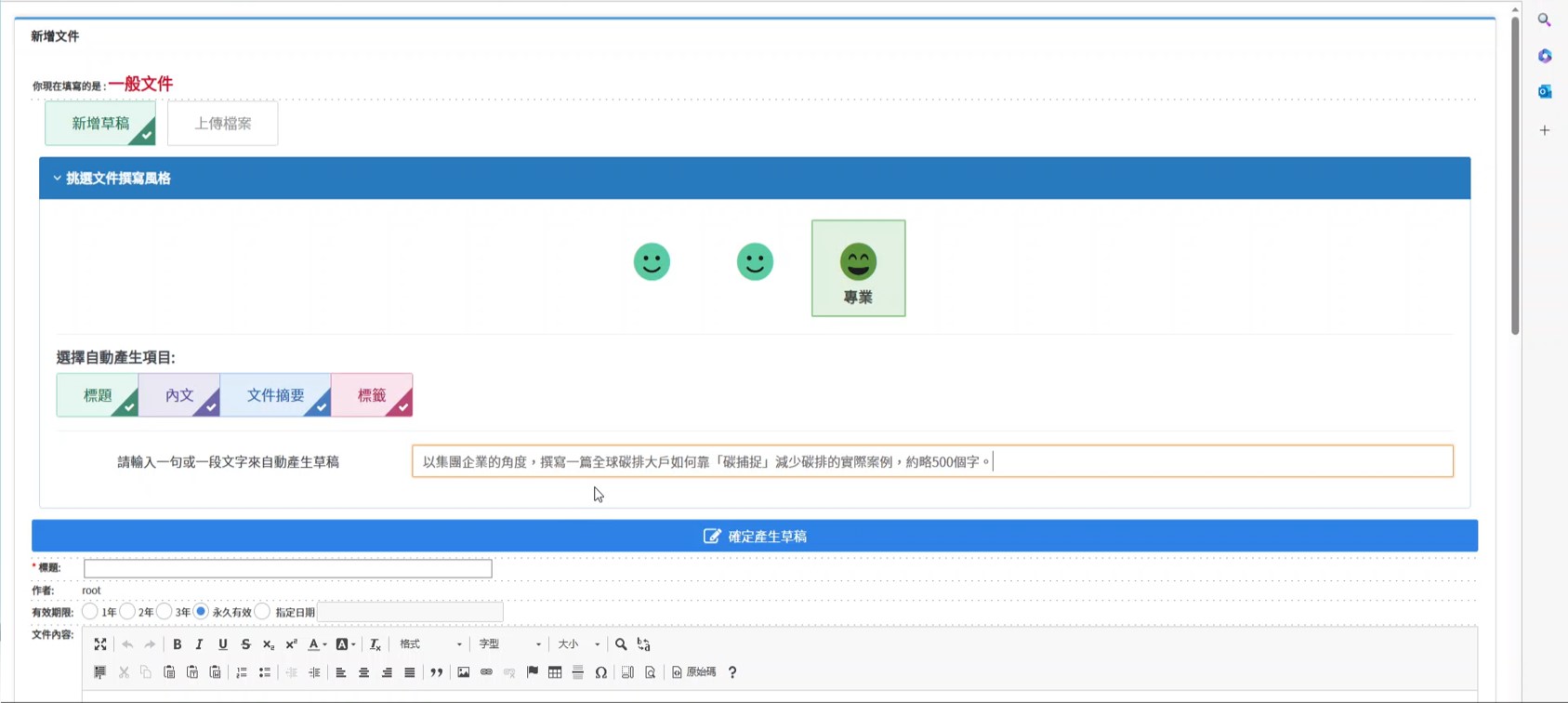
Automatically generate image captions, generate captions for images, and search for images based on their captions.
The system captures a photo, recognizes the contents within it, and generates a description for the photo. Based on the photo’s description and the image displayed, the system searches for related image files.
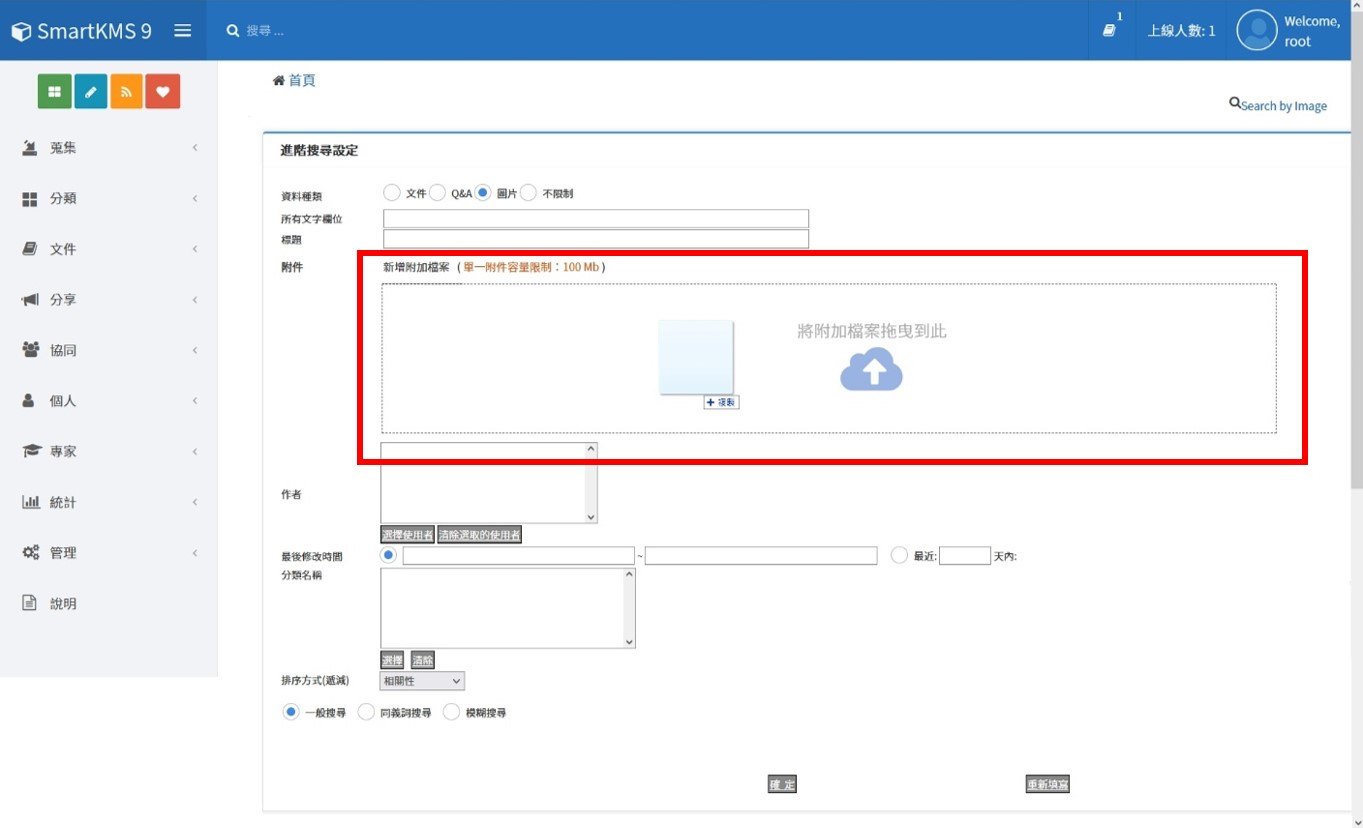
2. The system automatically generates descriptions for images
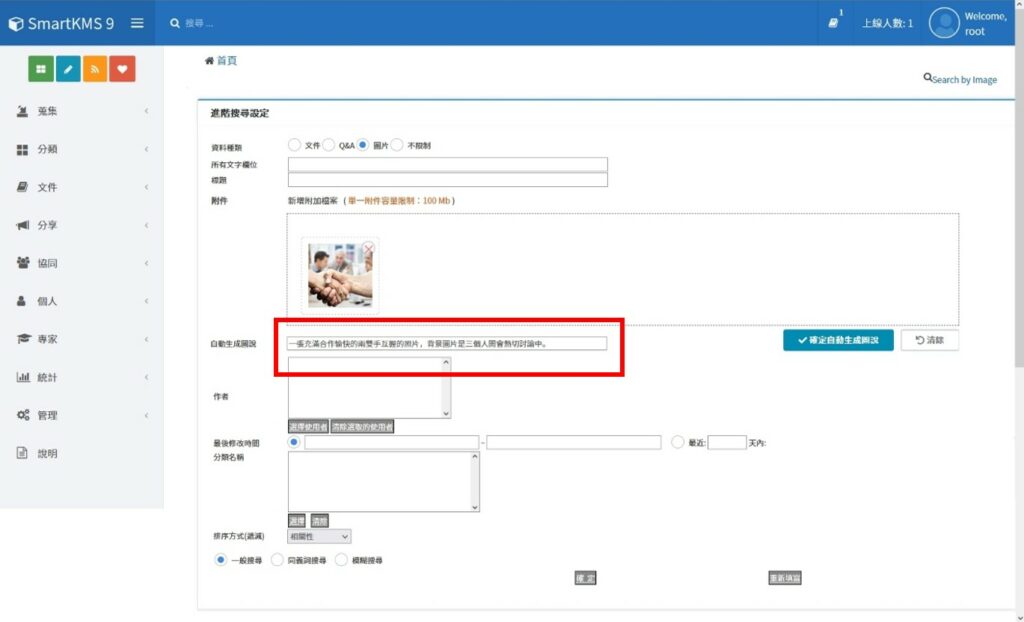
3. The system searches for images based on the description generated for the image
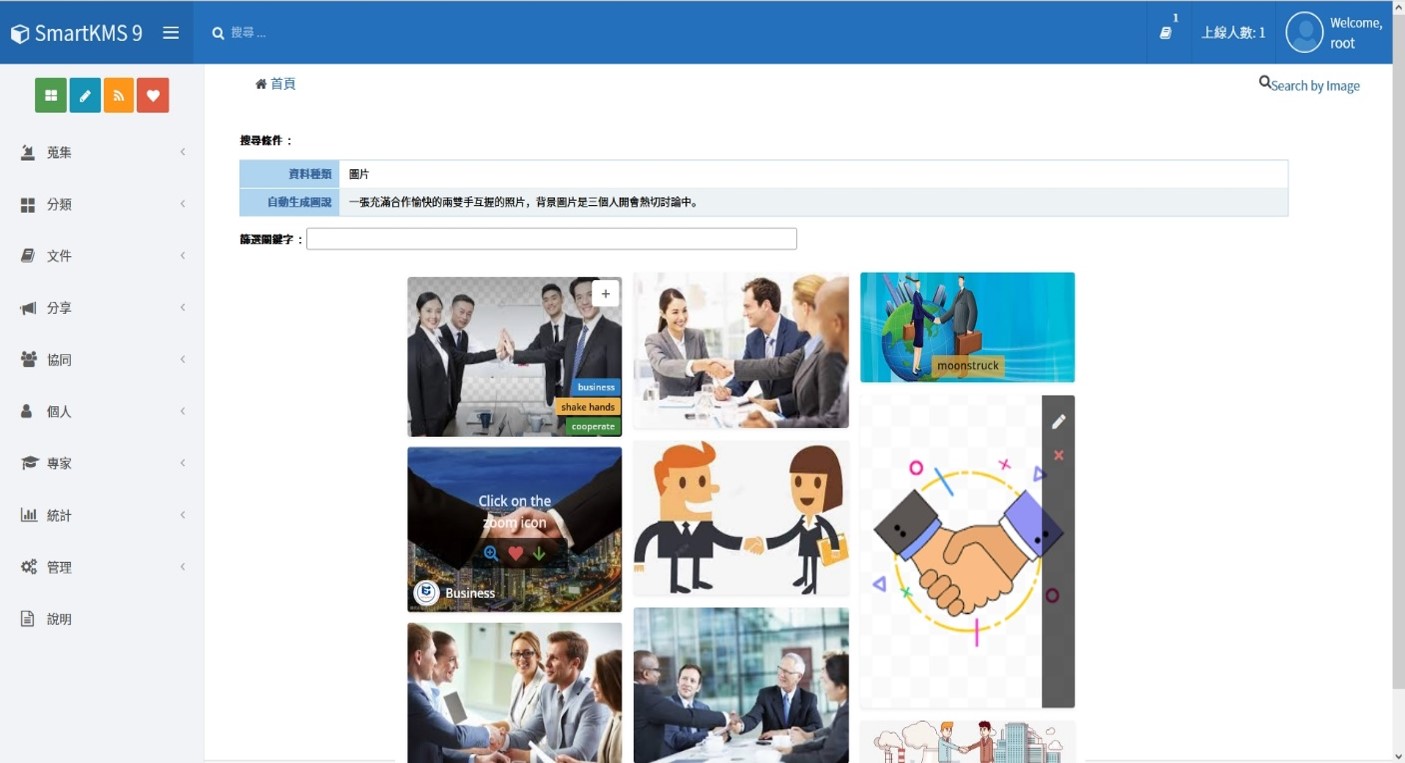
Automatically generate Q&A, including exam questions and answers, and expert Q&A
Using Azure OpenAI/ChatGPT, the system automatically generates questions and answers from a specific document. Based on documents created by experts and topics that users are interested in within SmartKMS, the system automatically generates Q&A.
I. Testing Q&A
1. Upload File
2. Select the number of questions and the format of the question
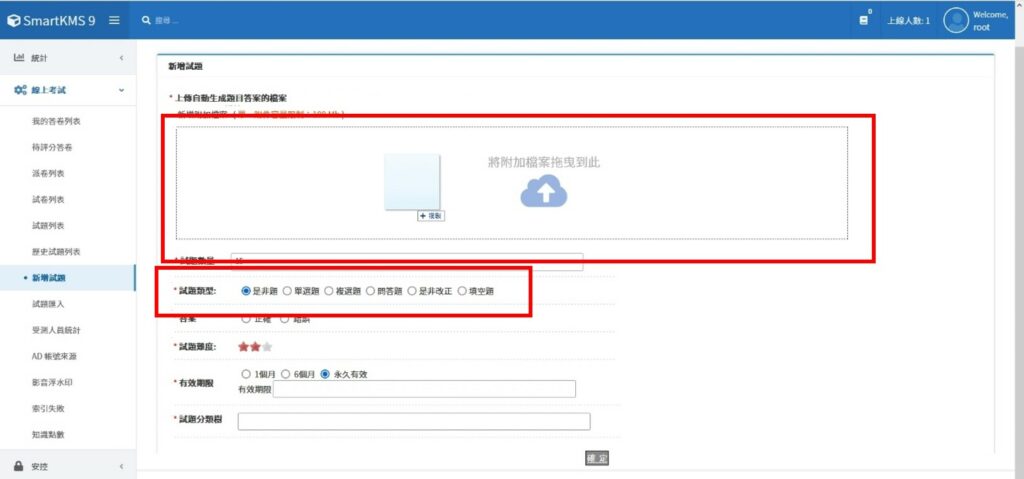
3. Automatically generate questions and answers.
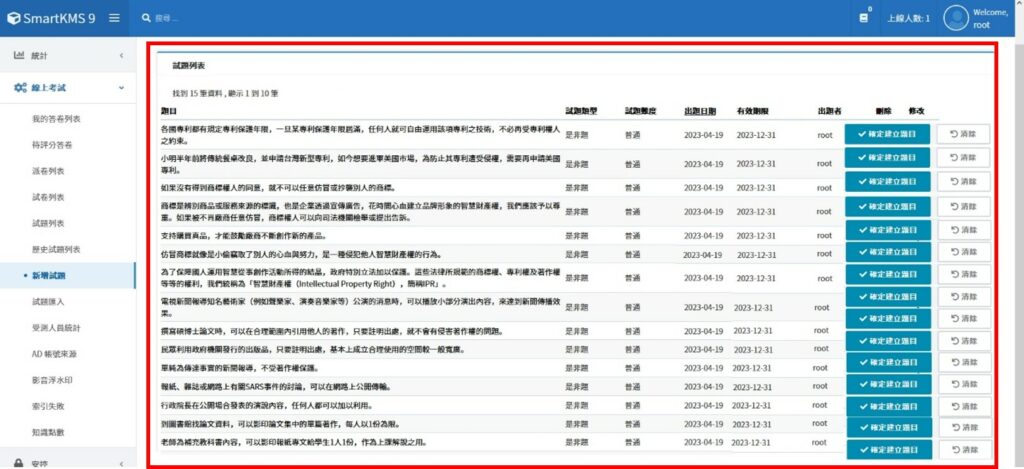
4. Manage Q&A
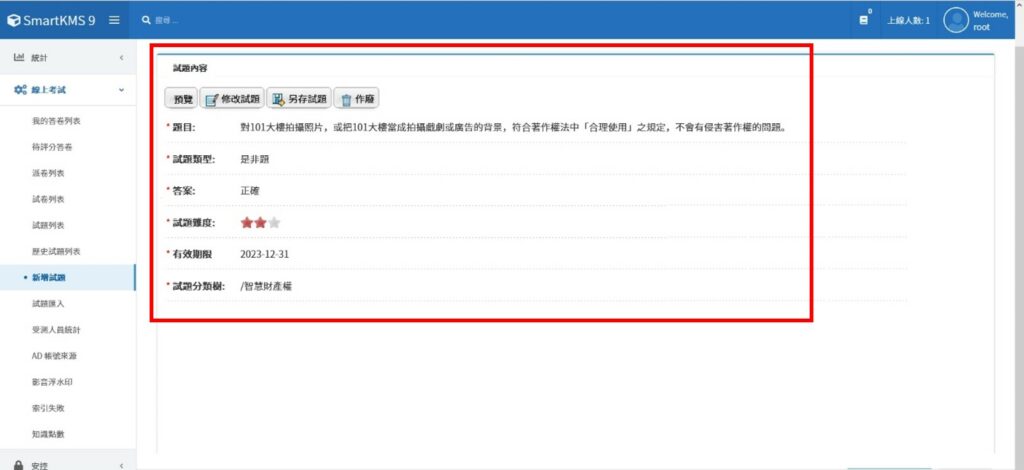
II. Expert Q&A
Automatic Expert Q&A is generated from expert-created documents

Conversion of speech to text using voice recognition and sentiment analysis, sentiment analysis during customer support interactions, and automatic generation of service proposals.
The system converts audio recording files into text and analyzes the tone of the conversation from the beginning to the end of the call. For example, the first minute of the recording sounds angry, but the tone changes to a brighter one in the last minute. By accumulating this data, the system analyzes the service quality and communication skills provided by service providers. The system also automatically generates an ‘improvement manual for service providers’ by converting audio recording files into text, which improves the service quality.
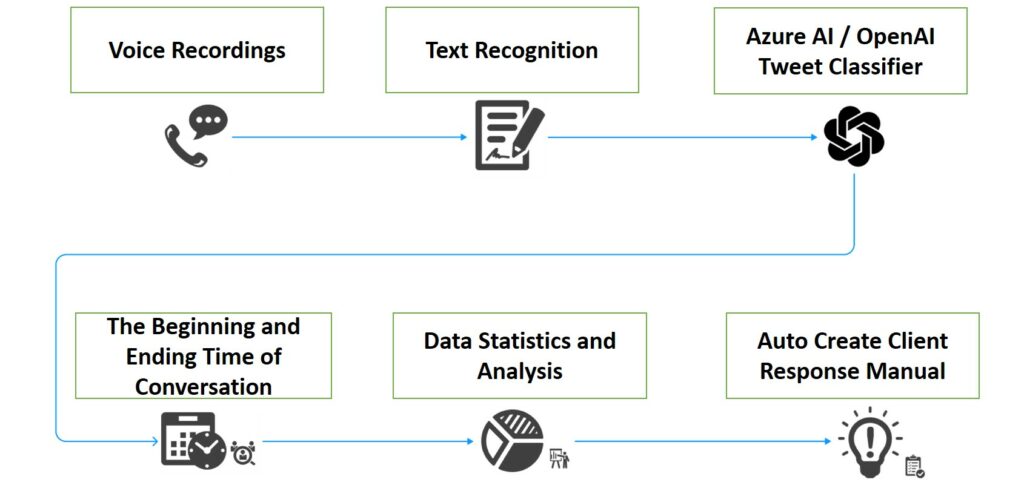
| Cookie | Duration | Description |
|---|---|---|
| cookielawinfo-checkbox-analytics | 11 months | This cookie is set by GDPR Cookie Consent plugin. The cookie is used to store the user consent for the cookies in the category "Analytics". |
| cookielawinfo-checkbox-functional | 11 months | The cookie is set by GDPR cookie consent to record the user consent for the cookies in the category "Functional". |
| cookielawinfo-checkbox-necessary | 11 months | This cookie is set by GDPR Cookie Consent plugin. The cookies is used to store the user consent for the cookies in the category "Necessary". |
| cookielawinfo-checkbox-others | 11 months | This cookie is set by GDPR Cookie Consent plugin. The cookie is used to store the user consent for the cookies in the category "Other. |
| cookielawinfo-checkbox-performance | 11 months | This cookie is set by GDPR Cookie Consent plugin. The cookie is used to store the user consent for the cookies in the category "Performance". |
| viewed_cookie_policy | 11 months | The cookie is set by the GDPR Cookie Consent plugin and is used to store whether or not user has consented to the use of cookies. It does not store any personal data. |